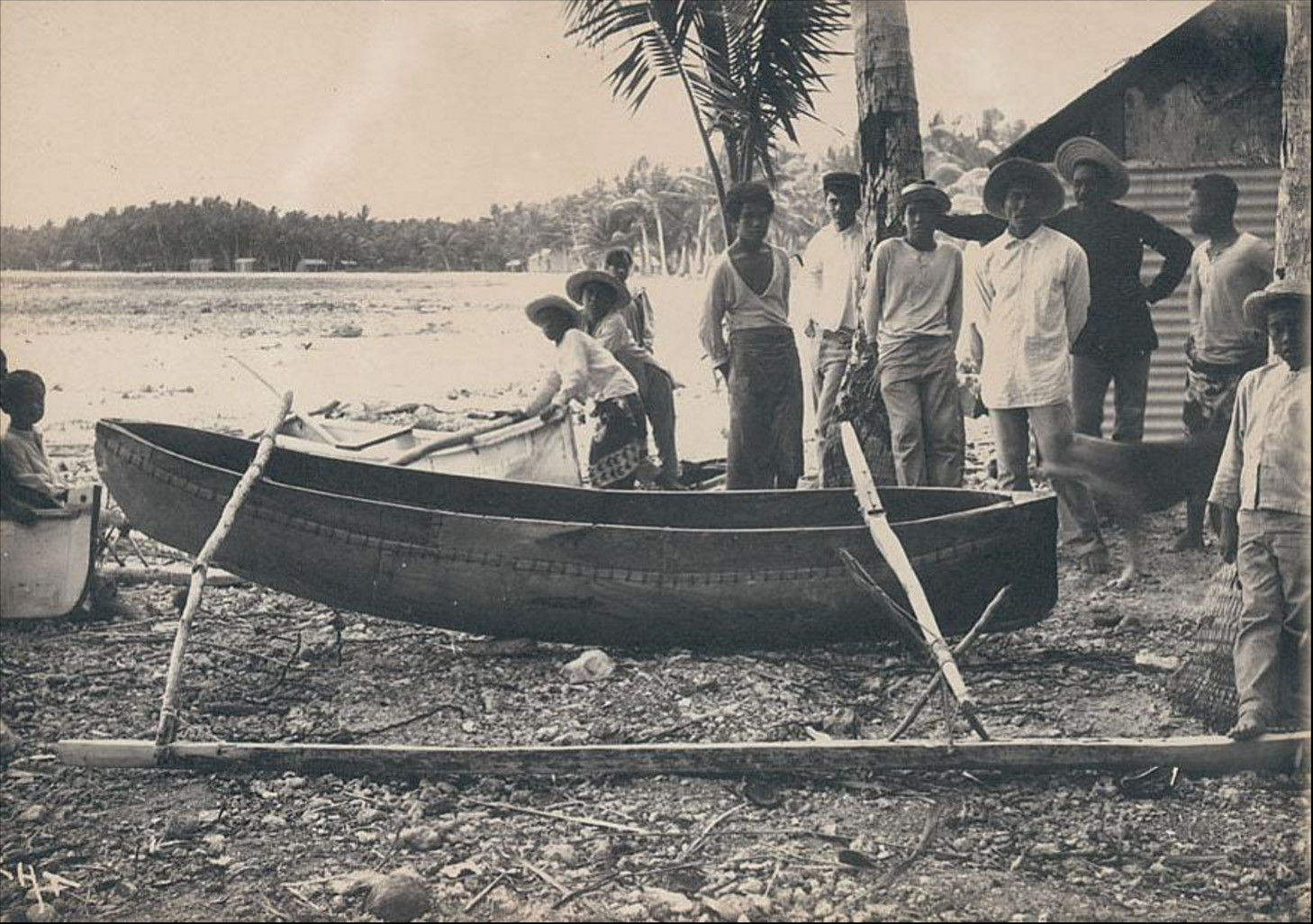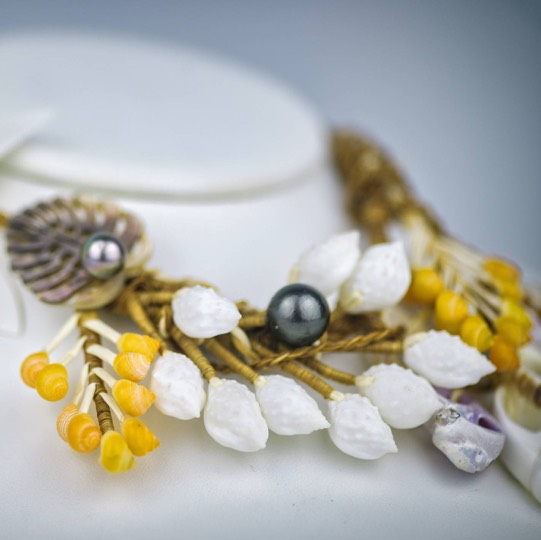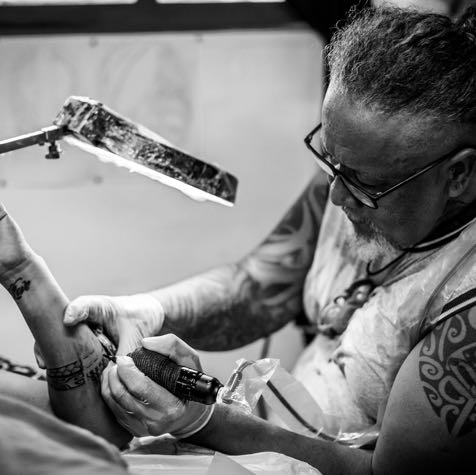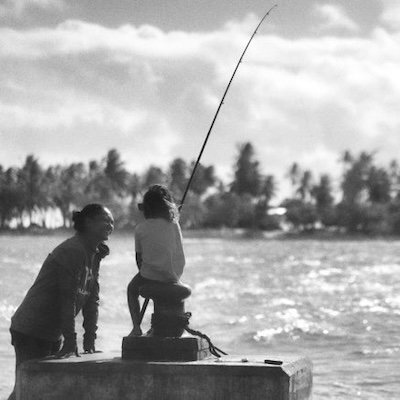written by Doris Ramseyer for the 2024 edition

Wars and annexation in the Tuamotus


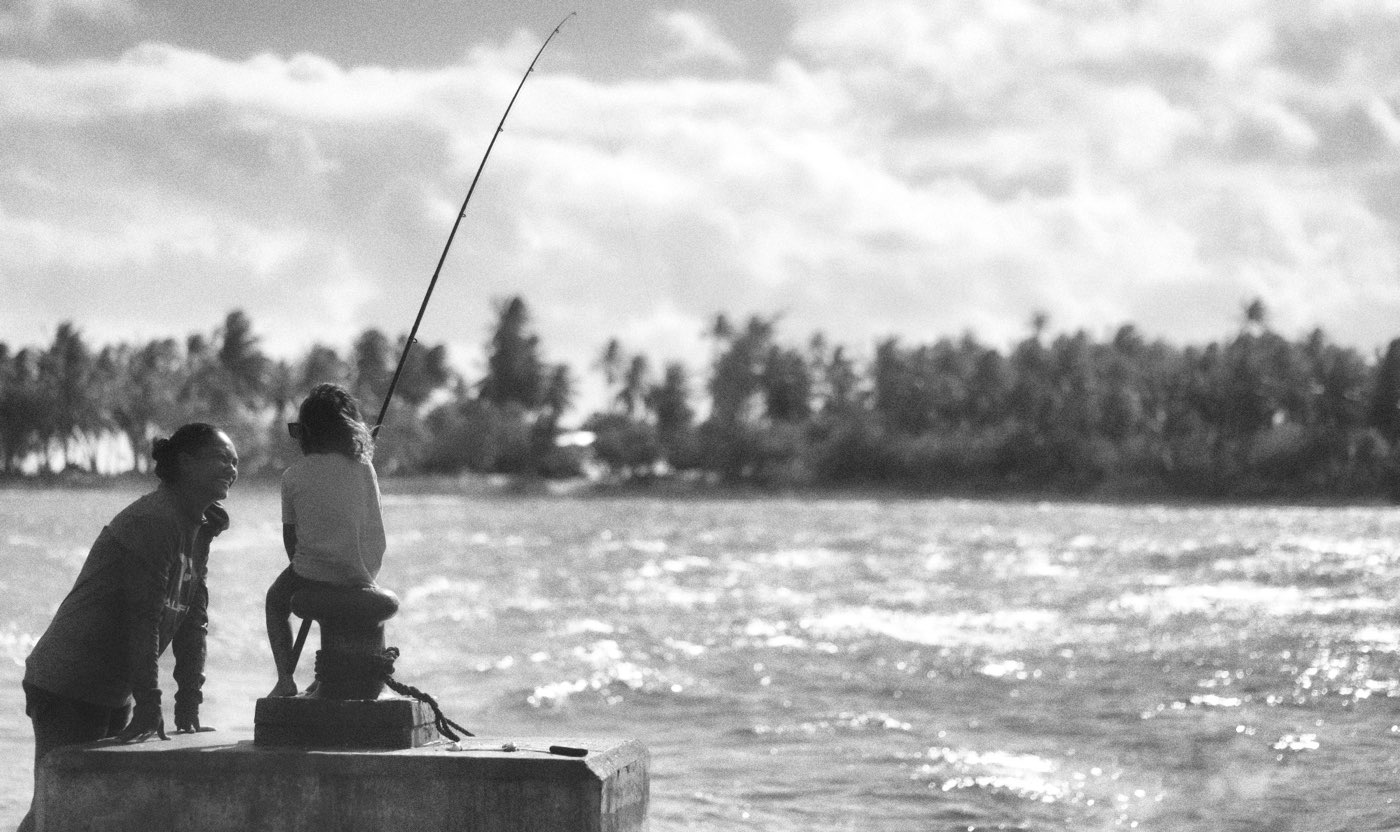
“Kura ora? Is it peace?” (1) This was the question asked by the inhabitants of the Tuamotu to foreigners who arrived in canoes on their atolls. If common ancestors were found, the welcome was as peaceful as it was majestic. If not, it was war: “Kura mate! It is death!” (1)
In the Tuamotu Islands, war represented a means of prestige and affirmation; “raids of conquest” made it possible to “settle by force certain accumulated resentments” (1) between the different family branches. The “inequalities of resources according to the atolls, and demographic factors (...) pushed certain groups to great mobility” (1), and to conflicts.
Usually, “the clashes are (...) short-lived in the Tuamotus. (...) Cunning and duels between renowned warriors are preferred to pitched combat.” (3) The Anaa atoll is an exception. Their fighters will go “as far as conquering thirty-eight atolls of the Tuamotus, representing the western half of the archipelago” (1), notably the area of “Mihiroa: the atolls of Kaukura, Rangiroa, Tikehau, Mataiva, 'Arutua, Apataki and the island of Makatea” (4). According to some traditions, the east of the archipelago would also have suffered their assaults.
“These conflicts began in the 17th century, reaching an unprecedented level of violence at the end of the 18th century, which led to the desertion of these atolls and the refuge of the populations on the Tahiti peninsula for two generations.” (1) Moerenhout reported their actions as early as 1800: “(...) pillaging, burning everything (even the coconut trees), massacring the men (...), transforming these same proud islands into a horrible desert” (1). Caillot wrote in 1769: “They were the most fearsome natives of the Tuamotu archipelago” (1).

Prévost notes: “their intentions were more aimed at taking control of the population of the opposing atoll by condemning them to slavery” (3), doomed to humiliating tasks to lower their mana. The Parata sang of their victories, belittling the vanquished, comparing them to “stains”, and ordering them to flee: “E Mihiroa e, e Mihiroa e, / Ka horo koe! (...) / titiko noa no Mihiroa.” (1)
According to William Smith, during combat, the warriors of Anaa covered their bodies with shark skin and their arms with the teeth of this animal; they are called Parata, like the shark. Great conquerors of the seas (inu tai, “sea drinkers”) and the lands (kai henua, “eaters of land”), the Parata fought with the strength of their ancestors (tuputupuna), their divinities (te nuku mau atua), their weapons (spears, clubs, knives, projectiles, etc.), and their “great mastery of navigation techniques” (1), aboard excellent canoes. A supremacy linked to an atoll that was more elevated than the others (except Makatea), containing more fresh water, land suitable for crops, and a reef more favorable to fishing.
Rangiroa was regularly attacked by the Parata: “About fifteen generations before 1900, (...) its shores were increasingly visited by the fierce warriors of Anaa (...), to the point of modifying the spatial organization of the habitat of Rangiroa” (1). The islanders deserted their homes to regroup around Tivaru (near the pass).
In 1769, according to Caillot, the oppressed inhabitants took part, with two other atolls, in a revenge against Anaa. But the reprisals were terrible. “Seeing the horizon covered with Anaa’s canoes, the people of Rangiroa cried out: “O Parata teie, ua pau tatou!: These are the Parata, we are lost!” (1) Some were massacred, others fled, just like other inhabitants of the Mihiroa atolls. They took refuge in the caves of Makatea, from where they were dislodged. Hot on the heels of their adversaries, “they reached Tahiti, placing themselves under the protection of King Pomare II”, and settled in the current Fenua Aihere.
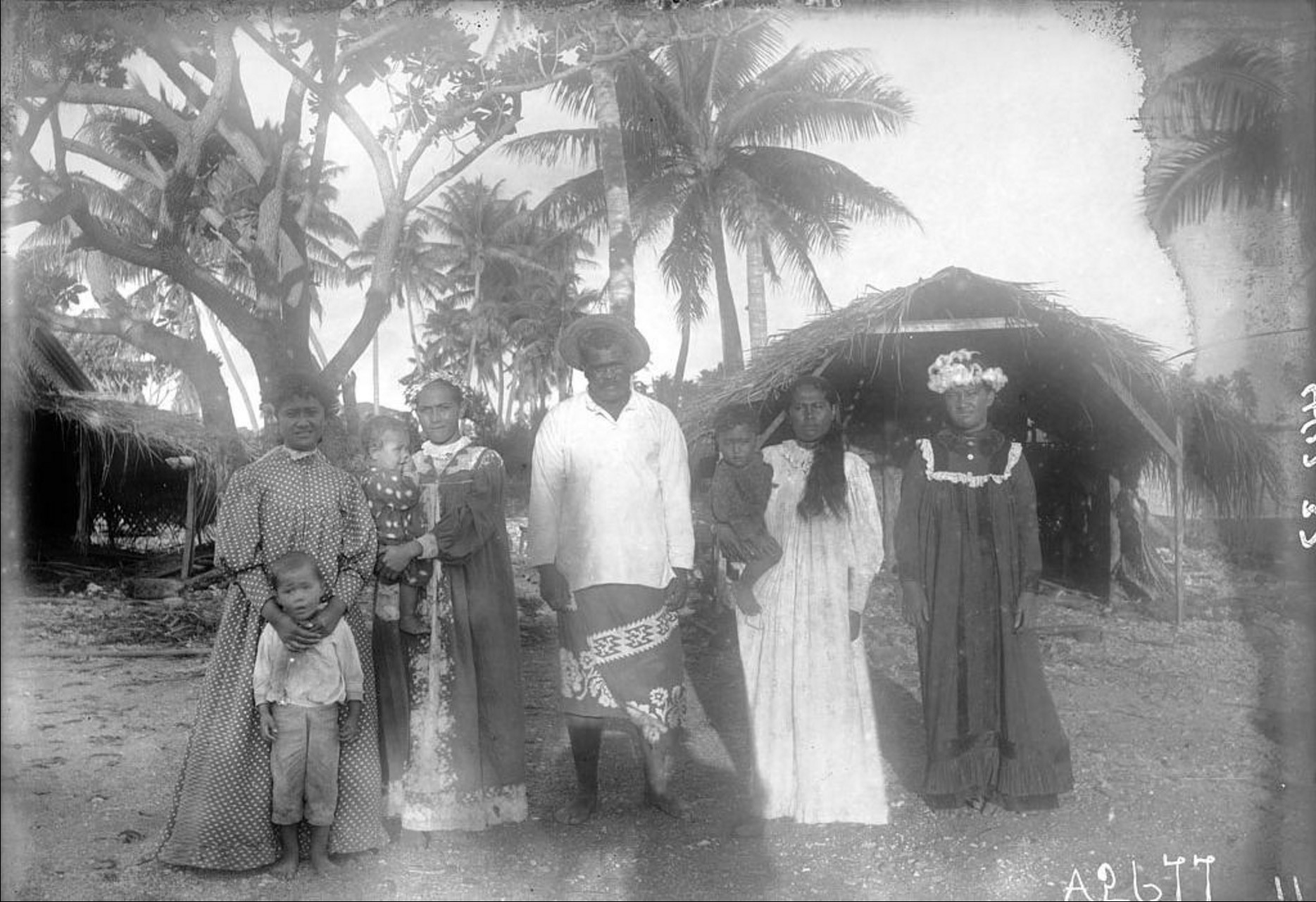
“It was King Pomare II who, in 1817, stopped the wars and allowed the return of refugees to their island from 1821 to 1850.” (2) In 1831, Tyerman and Bennett recount the gathering of the various enemy islands of the Tuamotu: “Pomare stood between the two parties, and in an impressive speech, he exhorted them to reconciliation.” (1) On this occasion, Rogo of the Anaa tribe presents the song of praise of his spear which he plants in the ground. “This song put an end to the wars” (4).
The representatives of the Parata and the Western Atolls agreed that “friendly relations should take the place of continual struggles” (1). Two delegates of Pomare II were sent to the Tuamotus to represent his power. This was the prelude to “profound socio-political and religious changes, with a more advanced social stratification (...)” (1); the system of residence then changed with more exogamy and “the advent of groups dominating an entire atoll.” (1) This was the beginning of a new era.
